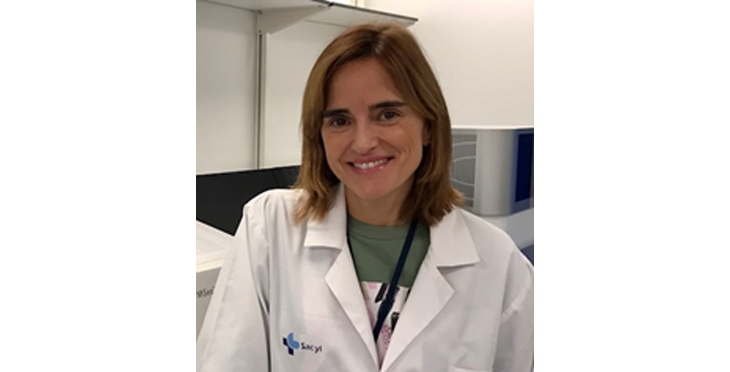Liquid Biopsy in Lymphoma: Applicability for diagnosis and monitoring

María Eugenia A. Sarasquete
Centro de Investigación del Cáncer
Lymphomas are heterogeneous tumours with remarkable genetic diversity and variable presentations, treatment algorithms and outcomes. Nowadays, precision medicine requires detailed knowledge of the molecular profile of a patient’s lymphoma to guide individualized treatment. Currently, this information is obtained from a tissue biopsy; an invasive procedure with significant limitations (procedural risks, cost, sampling error and the inability to capture spatial and temporal tumour heterogeneity). Therefore, precise and accurate non-invasive technologies that enable detection and characterization of B-cell lymphomas in real-time are needed to overcome these limitations and to help succeed novel strategies of lymphoma precision medicine.
Liquid biopsies – an emerging class of approaches to detect and characterize tumours through a blood draw – can potentially overcome previous limitations. Circulating tumor DNA (ctDNA), fraction of cell free DNA liberated from the tumour cells, is the leading liquid biopsy approach in lymphomas for genotyping and minimal residual disease (MRD) detection.
Our group has been working in the implementation of liquid biopsy testing in lymphoma using ctDNA and NGS platforms for baseline tumour genotyping and as a minimal residual tool to assess response and surveillance during treatment. Thus, we will describe preliminary data in our series of cases to finally deliberate how ctDNA could be implemented in routine diagnosis and be utilized as a decision-making tool to guide lymphoma treatment in the future.

